In my hands is a basalt stone, about the size of a small running shoe. I’m rubbing roasted cocoa nibs on a metate, (mah tah tay), a curved tablet of rough-hewn stone, and watching the cocoa bean components melt into that familiar texture of warm, dark chocolate. Chris offers me a small spoon and I scrape off a teaspoon’s worth and enjoy an ethereal bite. The chocolate, already melted, sits satisfyingly on my palette. There’s a beautiful essence of red raspberries, Oregon Pinot Noir, and red plums floating across those layers of traditional chocolate notes of caramel, vanilla, roasted nuts, dark coffee, and butter.

This is not candy. Cocoa nibs, the fermented, roasted, then cracked components of a whole cacao bean are almost devoid of natural sugar. What I’m tasting is the building block of every spectacular dessert, every molten chocolate cake, every memorable chocolate truffle I’ve enjoyed. And at this moment we are about an hour’s boat ride away from the ancestral home of that first bite of chocolate.
Chris Beaumont, an Englishman, and his bride Jo own Belize Chocolate Company in San Pedro, on the Caribbean shore of Ambergris Caye. Chris is a modern-day chocolatier using 21st century technique and machinery to honor ancient Mayan traditions of exceptional chocolate. Chris is guiding us through the basics of cacao farming, bean fermenting and roasting, to creating his exquisite bars.

Chris isn’t a chef or baker, he’s a former process engineer for a glass company. Makes sense, right? Great chocolate and beautiful glass are the result of combining time-honored and modern technique, proper ingredient sourcing, and adherence to the process of mixing, shaping, and cooling. From his small shop on the beach to farms across Central America, Chris and wife Jo source cacao beans from farmers descended from those ancient Mayans.
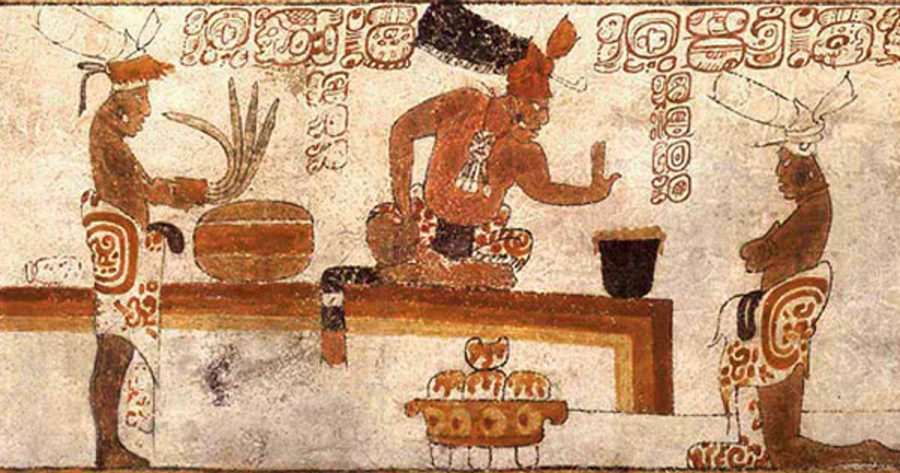
2000 years ago, the Mayans, better known as the original Belizians, realized the potential of those football shaped pods on the cacao tree. Kah Kow, as it’s pronounced, is an evergreen tree that would rather not be cultivated. It prefers to live amongst a variety of plant life. Its fruit, those football shaped pods, grow directly from the trunk. These trees are finicky. They like 60ish inches of rain annually AND well-drained soil, and their shallow root system requires proximity to hefty green neighbors to protect them from strong winds. The rain forests of Central and South America are its natural home.

Evidence suggests as early as 450BC, the Olmecs of southern Mexico were drinking a fermented beverage made from cacao beans. We know this because chocolate leaves traces of its key ingredient, theobromine, behind and archaeologists have found enough of it in ancient sites. The Olmecs likely considered chocolate a ceremonial beverage, not an everyday drink for you and me, it was something reserved for the ruling class and their shamans. Cacao pods enrobe their seeds in a thick, sweet syrup and it’s easy to imagine early humans enjoying the pod’s sweetness but how did we get to the roasted seed part? Chris imagines at some point a late-night reveler may have tossed their now dry seeds into a dying fire and the next morning one curious (probably the village chef) sort crunched into the bean, the heavens opened, a shaft of light shone down, and chocolate knowledge was bequeathed.

Laugh, but consider this. The sensation of sweet, those ripe sugar notes would be familiar to anyone with an ample supply of ripe guava, bananas, papaya, or pineapples. Those intoxicating notes of dark chocolate, though, wouldn’t that be eye-opening on your first taste? And you’d want to share that knowledge enthusiastically. And soon the Olmecs had likely shared their cacao knowledge with their southern neighbors.

Perhaps it was a couple of fishermen, cooks, or hunters trading knowledge of this technique? “Yeah, well you think roasting a whole snapper over avocado wood is awesome, try throwing some of those tannic cacao beans into your fire then crushing them in the metate the next morning.”
The Mayans of Belize began roasting their own beans, crushing them in their metates, and turning the paste into a bitter drink flavored with chile pepper, corn, cinnamon, and/or allspice and writing about it with their 800-glyph language. Cacao drinks were the topic of much artwork and the beans were eventually used as currency.
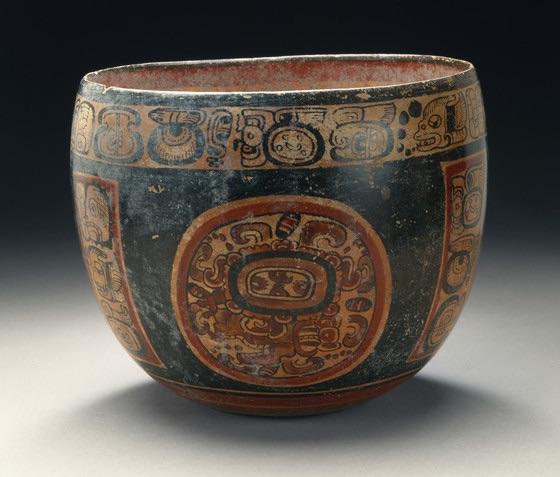
While I was crushing my own Mayan chocolate paste, Chris invited me to add in a little sugar and powdered milk and after a few passes with the stone those familiar, exquisite chocolate flavors transported me back to my first taste of a real chocolate truffle.
My young bride was working in the pastry shop of the quite French Meridien Hotel in downtown New Orleans. One night she got into our old car, gave me a kiss then handed me a Meridien cocktail napkin wrapped around a tiny dark chocolate. Truffles are so named because they’re meant to resemble the eponymous underground mushroom. Properly made, they have three components, each one being chocolate. My mom was an excellent baker, and I was no stranger to simple chocolate desserts. This truffle, however, what a revelation. Its dark crunch yielded to a center of mystery, intense flavors I hadn’t yet experienced. That truffle was followed by a warm kiss, at midnight, in July, in downtown New Orleans, in our first year of marriage. And today, standing over that metate and tasting freshly ground cacao at Belize Chocolate Company makes me feel young again and I remember that first truffle, that warm kiss. Is it any wonder the Aztecs, Mayans, and Olmecs all believed chocolate had powers of youth, vigor, and wisdom?

Those so-called chocolates you see at the checkout counter or the department store have very little chocolate in them. They’re all sugar, lecithin, vanillin, diabetes, and palm kernel oil and other crap. They are not “chocolates”. And that familiar squeeze bottle of chocolate syrup? Good luck finding the words “chocolate” on its label. Chocolate isn’t something you buy at the department store, the convenience store, the average grocery. At its best, chocolate comes from producers with French, Swiss, and Belgian provenance. Beans are grown and shipped to these familiar producers from not only Central and South America but western Africa and the Pacific equatorial islands. Like great wine, cheese, coffee, and tea, the more defined the location of the raw ingredients, the better the final product. Red wine with grapes grown in “California” will never reach the heights of wine created from grapes grown in “Isaac Vineyard, Howell Mountain, Napa Valley, California.” Real chocolate, the stuff capable of creating life-long memories, should look something like this:

In the past I’ve been thrilled by those world-class chocolates from producers such as Lenotre, Valrhona, Torres, and Guittard. Their chocolates have intense flavor profiles and are used to create desserts at the finest restaurants. This chocolate from Chris and Jo is unlike those. Yes, it’s smooth and supple with all the best chocolatiness one would expect from a luxurious bar. It’s the glossy nature of those aforementioned streaks of red fruits, an uncommon trait in the “best” chocolates and something I’ve never tasted before. And those enticing notes of raspberry, plum, and Pinot Noir are a direct result of the cacao trees grown in this terroir, the intangibles that define the dirt, the heat, the humidity, the jungle canopy, and the salt water breezes of Belize.

The chocolate from Belize Chocolate Company may be my favorite chocolate of all those “Best” in the world chocolates.
~John
Belizean Chocolate Cupcakes
Cupcakes
1 Cup All purpose Flour
1/3 Cup Belizean cocoa powder from Belize Chocolate Company
1 teaspoon of baking soda
1 teaspoon of baking powder
¼ teaspoon ground allspice
½ teaspoon salt
Two cocoa nibs, ground to a powder
¼ Cup cold coffee
¼ Cup Media Crema (or Half n’ Half)
4 ounces of unsalted butter (softened)
1 Cup sugar
2 whole eggs – preferably from local gallinas (chickens)
1 teaspoon Mayan vanilla
Buttercream
3 egg whites
2/3 Cup turbinado or cane sugar
¼ teaspoon of lemon or lime juice
4 ounces Belize Chocolate Company Dark Chocolate, melted and cool
4- 8 ounces softened butter, cut into small cubes
1 teaspoon Mayan vanilla
4-6 Cups of sifted confectioner’s sugar
For the cupcakes:
- Preheat oven to 350°. Prepare a 12-cup muffin tin with paper liners.
Sift flour, cocoa powder, baking powder, baking soda, allspice, cocoa nib powder and salt together.
Mix coffee and cream. - Cream butter and sugar together until light and fluffy. Add eggs one at a time and vanilla and cream.
- Add dry ingredients alternately with liquids to egg/sugar mixture, incorporating well after each addition.
- Portion batter into paper cups filling approximately 2/3 full.
- Bake for 18-22 minutes. Check after 18 minutes by gently pushing the top of an individual muffin. If the top springs back they’re done. Remove from oven, remove muffins to a baking rack and allow to cool before decorating.
While cupcakes are baking, make the buttercream.
- In a large stainless steel bowl add egg whites and sugar. Using a large pot with about an inch of water, place this over medium heat, then the bowl with the egg whites. Whisk the whites and sugar constantly. Heat until the mix feels silky, sugar is dissolved, and is warm to touch. This should take about five minutes. This technique will heat the whites to a safe temperature without scrambling them. Do not let them sit over the hot water, immediately transfer to a stand mixer, whisk attached.
- Add the citrus juice. Whip on the lowest speed and gradually increase the speed until light and foamy. Add the vanilla, continue whipping until whites form stiff, glossy peaks. Make sure the mix is cool to touch.
- Add the butter cubes in a few additions, whipping constantly. At first the mix will begin to look curdled, but with the addition of more butter it should begin to look glossy and shiny like a buttercream.
- Add the sifted confectioner’s sugar one cup at a time until the buttercream is stiff but still spreadable. Taste when curious, the amount of confectioner’s sugar is adjustable for flavor and consistency.
- If you wish all the frosting to be chocolate, add all of the melted chocolate and whip to incorporate. If you are making a vanilla icing and a chocolate frosting, reserve the vanilla in a separate bowl and add the melted chocolate and mix until incorporated. Leave the buttercream at room temperature until ready to use. It can be kept in the refrigerator for up to one week.
Yields 12 frosted cupcakes.
©AmyMalikDec2020

If you’re new to this website, you’re reading the year-long adventures of John & Amy Malik in Belize, Central America. We’re professional chefs, restaurant owners, food & travel writers, adventurers, experienced tent campers, and hikers. We prefer authentic street food over a steakhouse, craft beer over traditional lager, a glass of Spanish Garnacha over California Merlot. Should you feel so inclined, please share this essay with someone you’d take on a rustic adventure, and sign up for our next dispatch from Belize. Just click here.
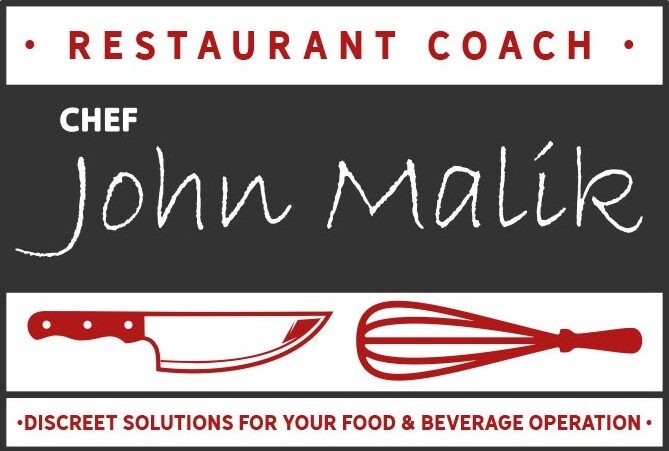

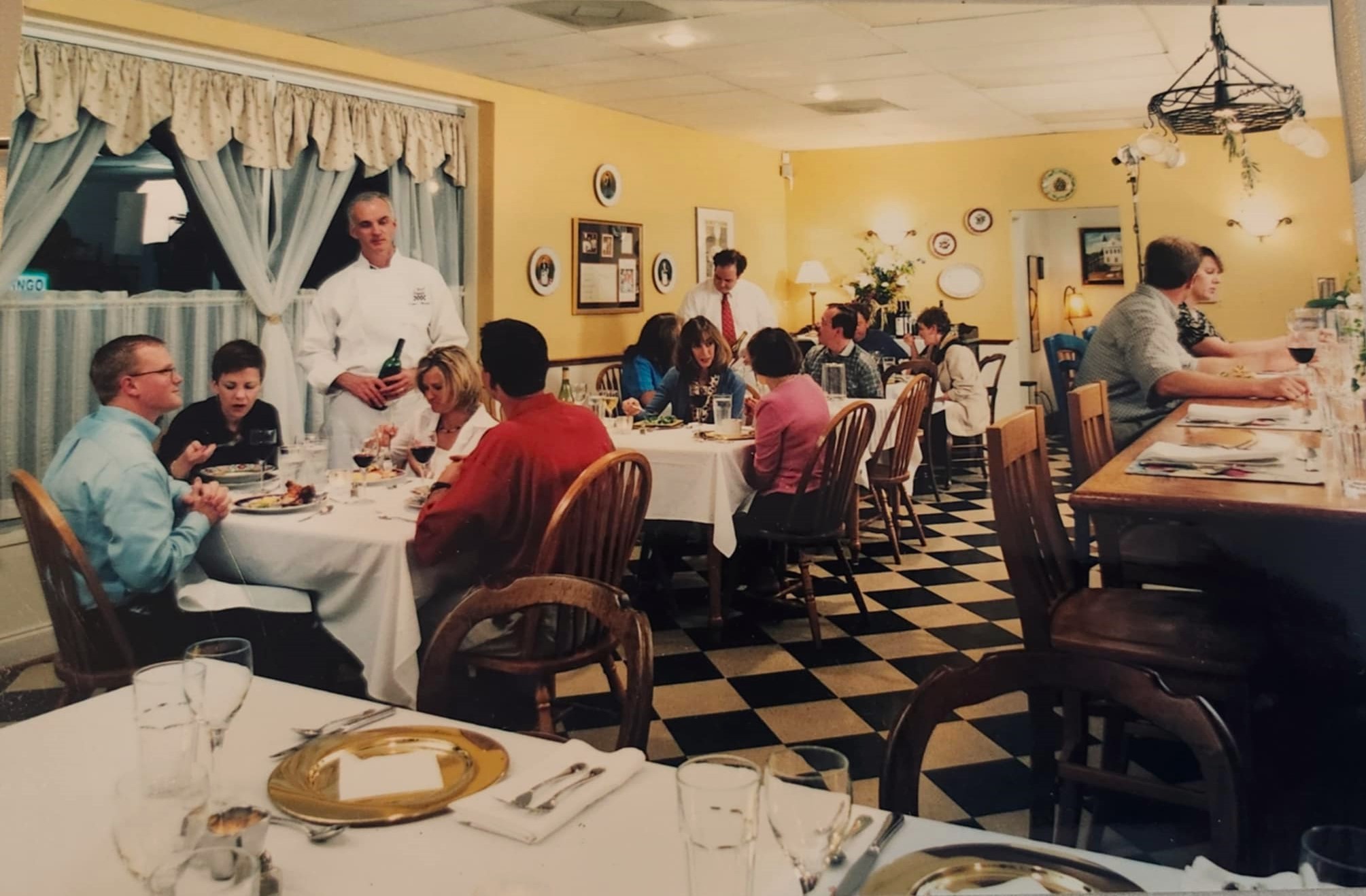

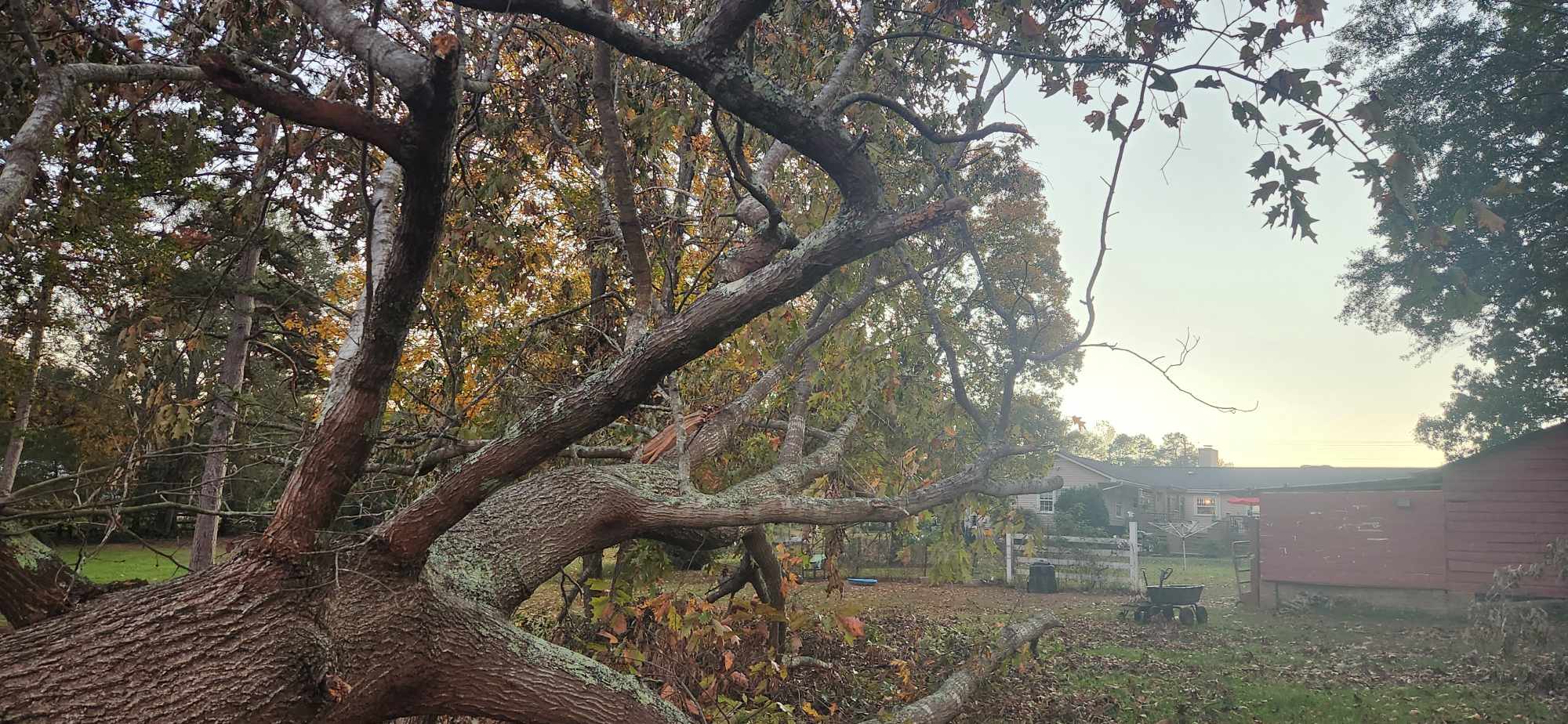
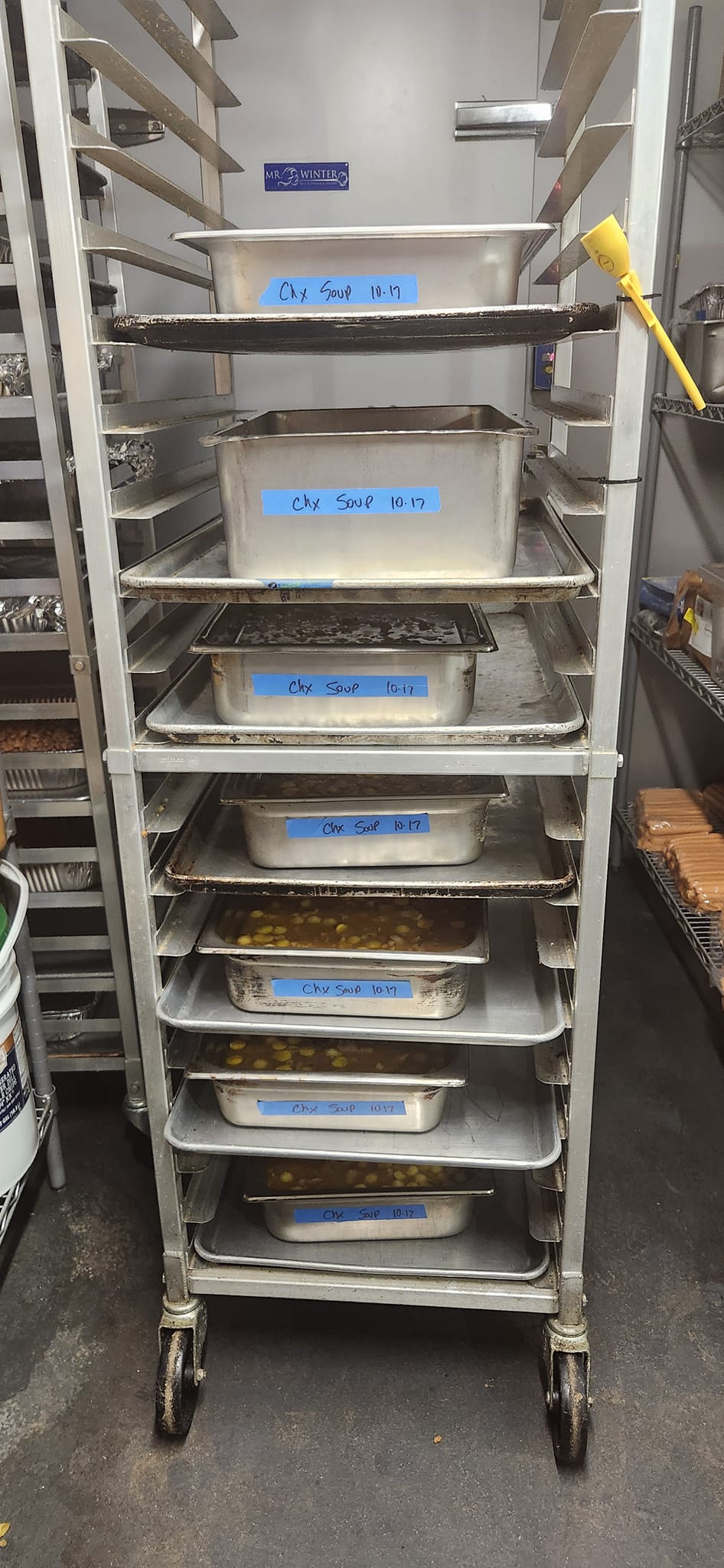
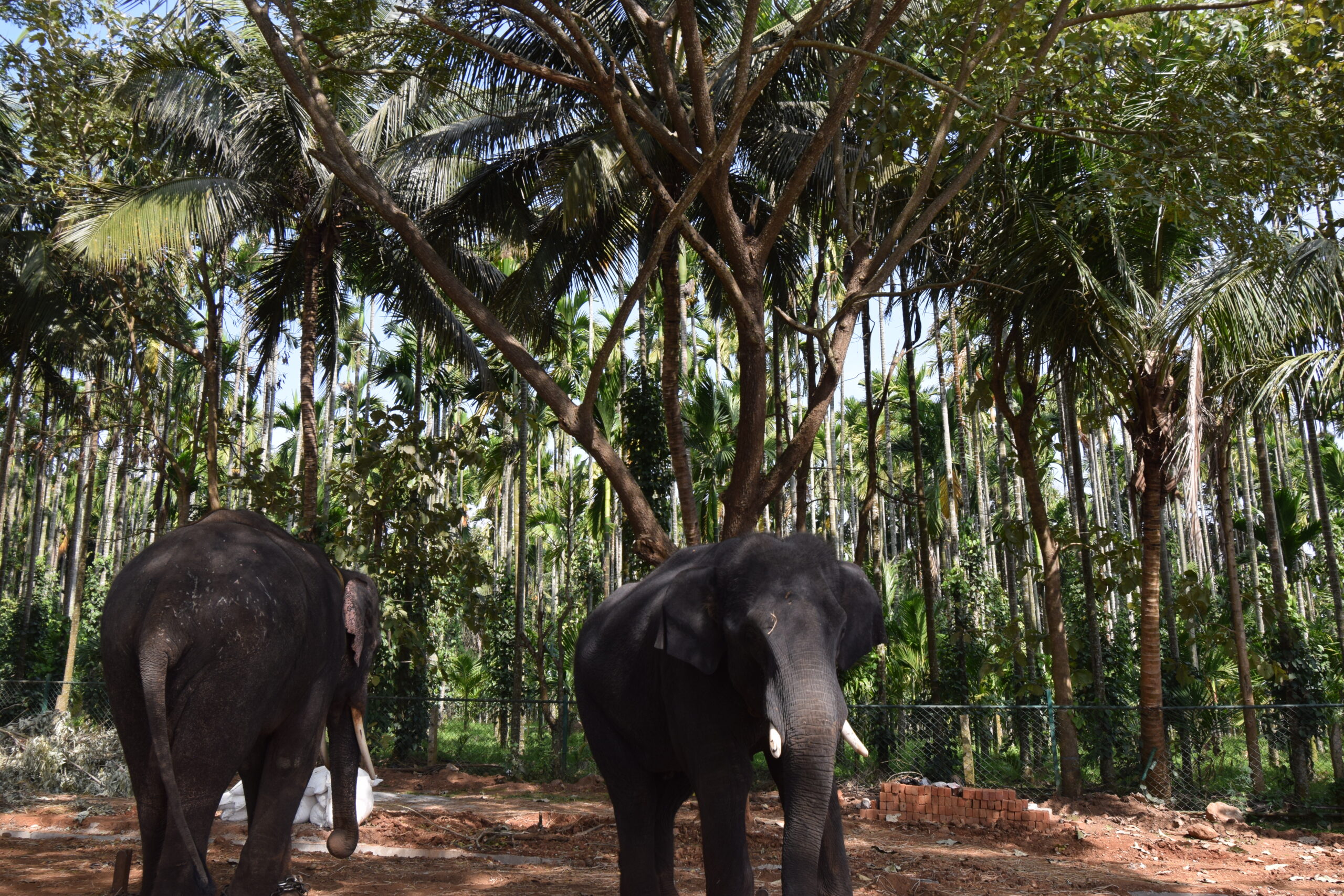
5 Responses
I am not a dessert fan. I love great chocolate. When I lived in Greenville, I would drive to Asheville at Christmas to goodies at French Broad for Christmas and I ate mine right in the store just so I could experience it at the source because it’s better that way. What an amazing thing to be able to experience something so exotic at its true source. I am thoroughly enjoying yours and Amy’s journey. Thank you for sharing.
We adore French Broad chocolates.
Yum!
Yup
I am really enjoying your adventures! I do miss ya’ll!